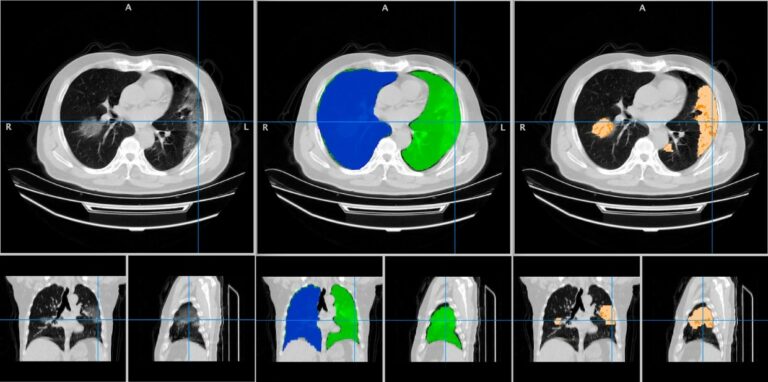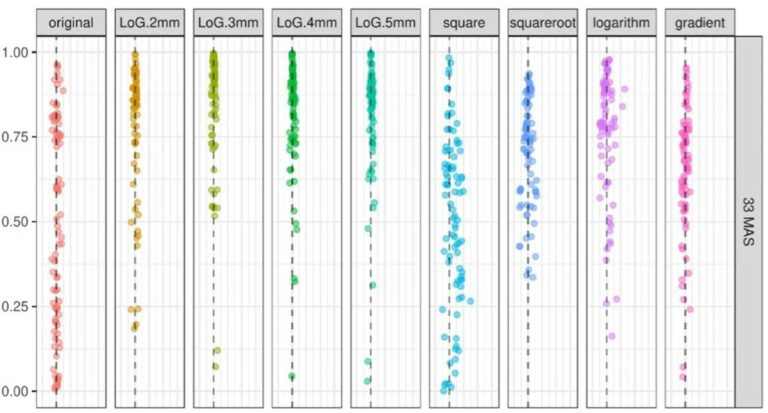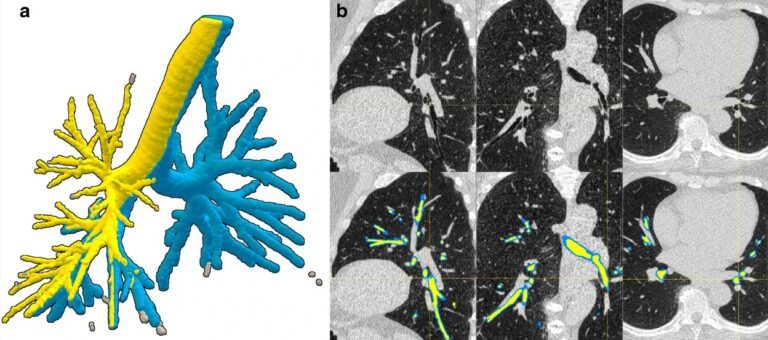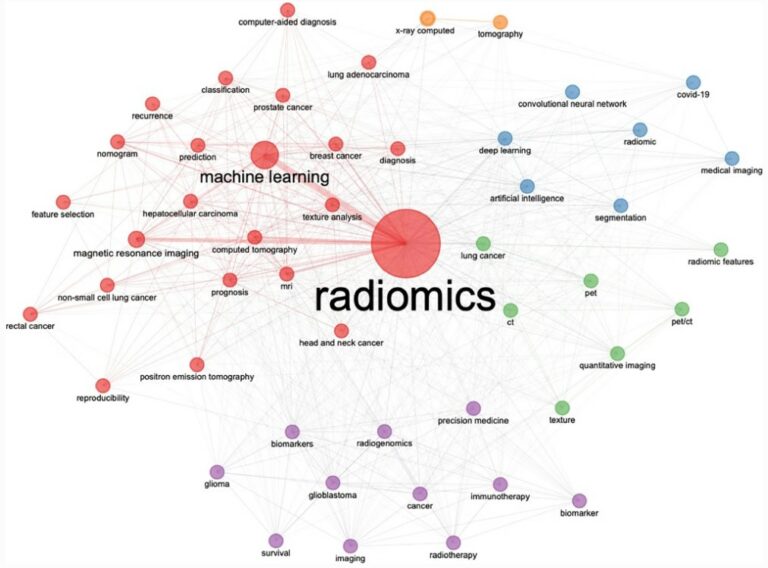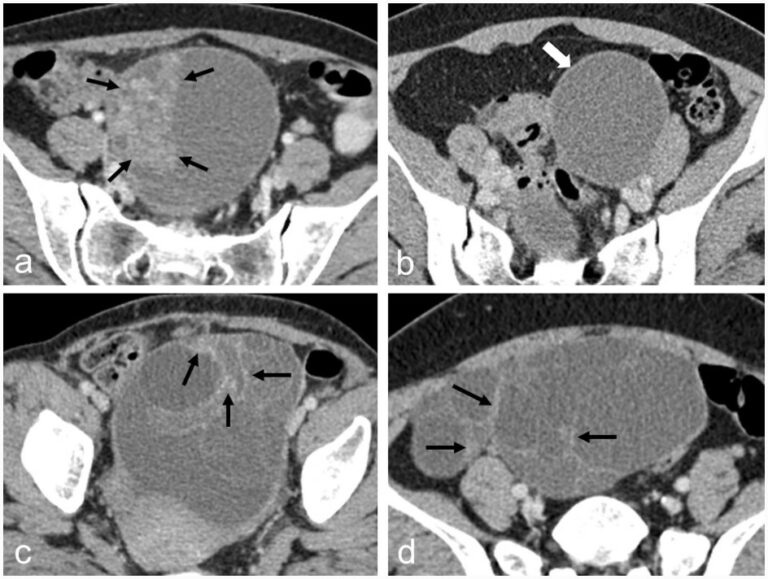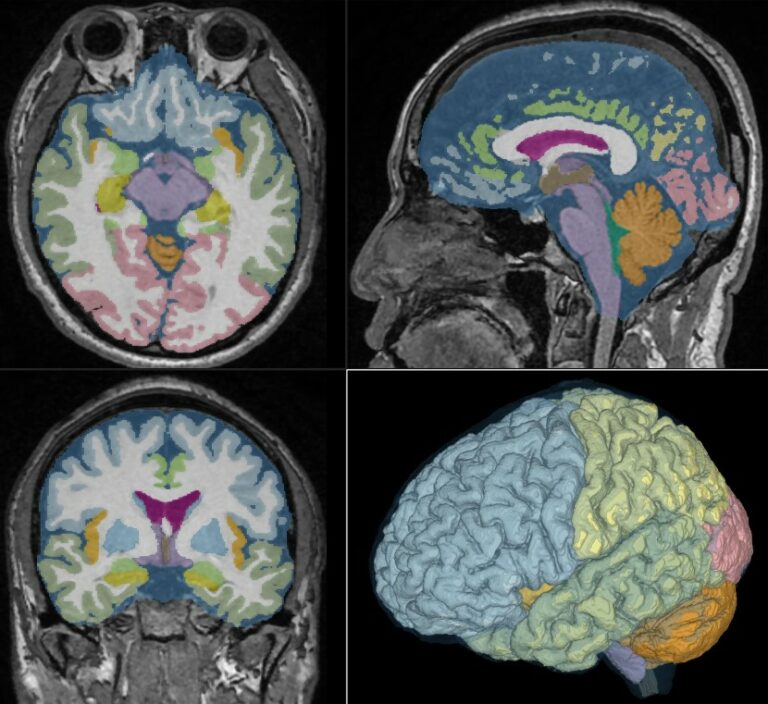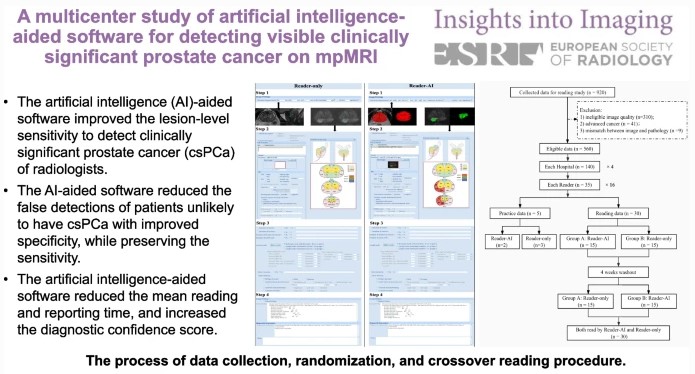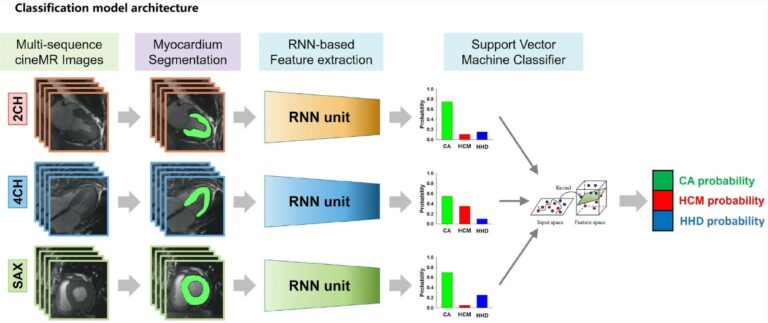
Multi-channel deep learning model diagnoses the cause of LVH
A new study sees the development of a fully automatic framework for the diagnosis of the cause of left ventricular hypertrophy (LVH) via cardiac cine images. The fully automatic myocardium segmentation and spatial-temporal morphology feature-based LVH etiology diagnosis deep learning framework model was able to show a favorable and robust performance in diagnosing the cause of LVH, which could be










